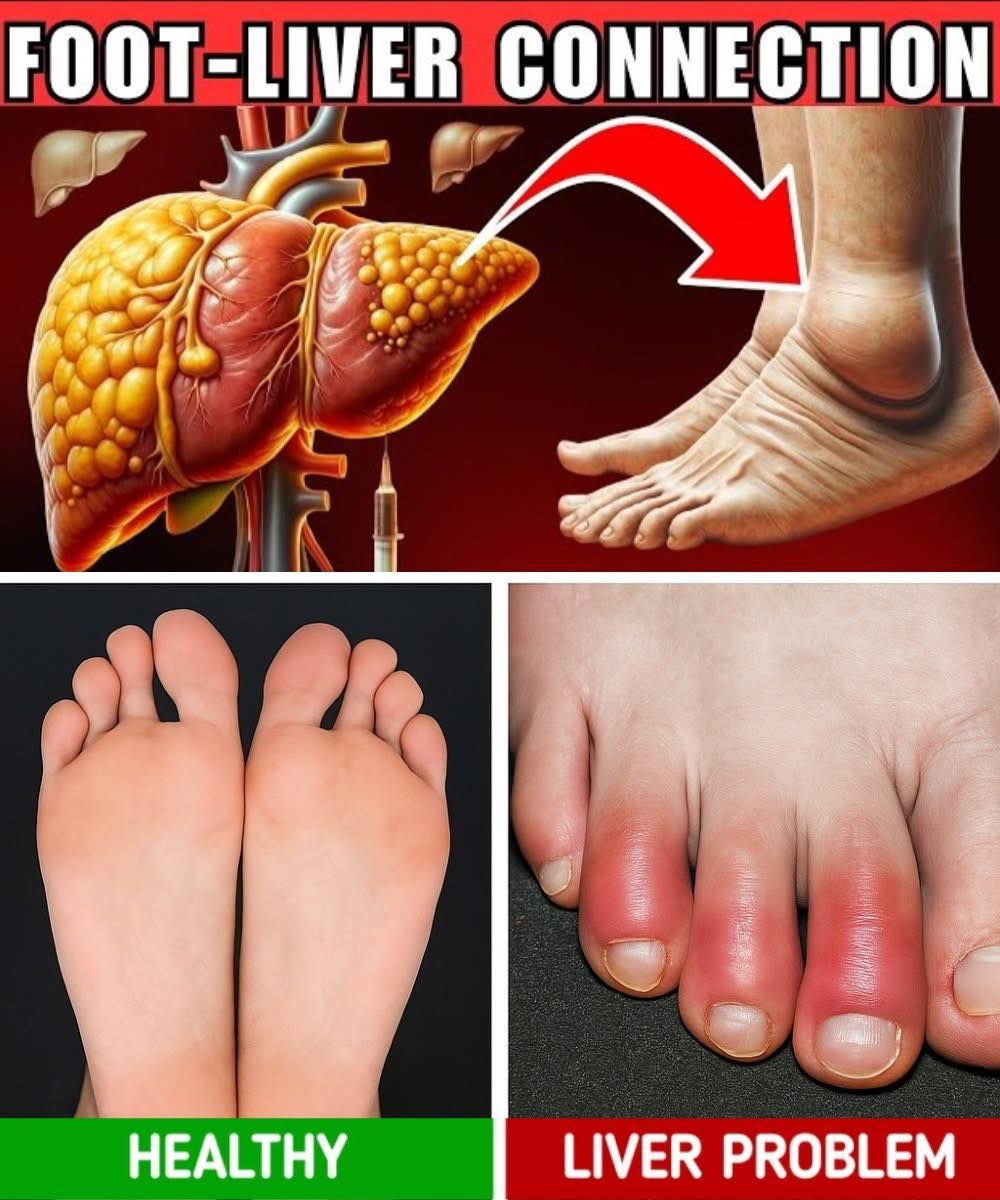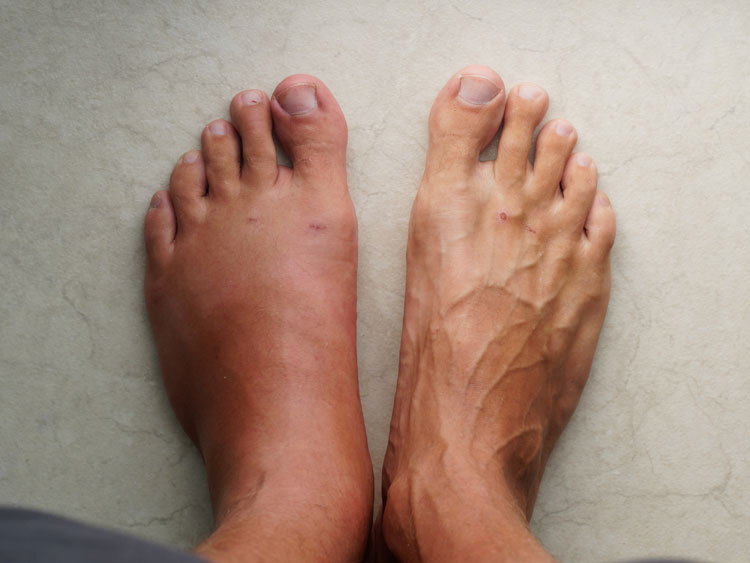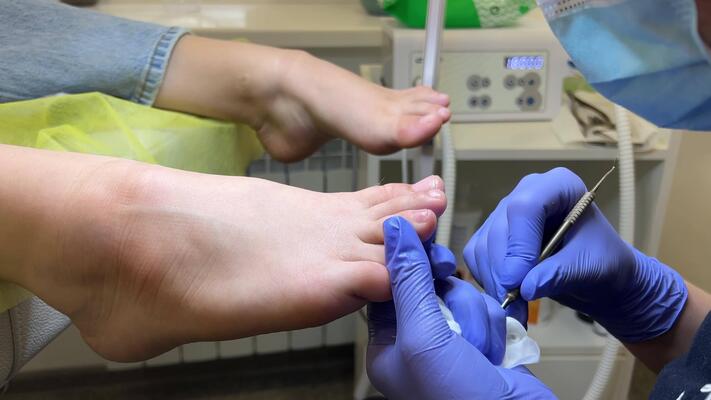
Your feet carry you through life, but they may also be sending early warnings about your liver’s health. From swelling to tingling sensations, these signs could indicate liver dysfunction before more obvious symptoms appear. Here’s what to watch for, why these changes happen, and how to act on them to protect your health.
Liver conditions such as fatty liver disease or hepatitis often progress silently, with symptoms appearing only in later stages. Catching these subtle foot signs early can prompt timely medical evaluation and lifestyle adjustments, potentially preventing serious damage.
How Liver Problems Affect Your Feet

Liver dysfunction impacts multiple systems, leading to foot symptoms through:
- Fluid retention: Low albumin (produced by the liver) allows fluid to collect in extremities.
- Bile buildup: Poor bile flow causes itching or jaundice.
- Nutrient deficiencies: Impaired absorption affects nails and skin.
- Circulation issues: Sluggish blood flow leads to coldness or tingling.
- Hormonal imbalances: Altered hormone processing changes skin color and texture.
12 Subtle Foot Symptoms of Liver Stress

-
Swollen Feet or Ankles
Mild puffiness, especially after standing, can indicate fluid retention due to low albumin levels in liver disease.
What to do: Elevate feet, reduce salt, and consult a doctor if swelling persists. -
Itchy Soles Without Rash
Persistent itching may be caused by bile salts under the skin from cholestasis.
What to do: Moisturize, avoid scratching, and request tests for bile flow issues. -
Yellow Skin or Toenails
A yellow tint suggests excess bilirubin, common in hepatitis or cirrhosis.
What to do: Seek immediate medical evaluation. -
Dark Patches or Discoloration
Uneven pigmentation can reflect hormonal or melanin changes tied to liver stress.
What to do: Monitor and consult a dermatologist or liver specialist. -
Red or Blotchy Soles
Dilated blood vessels may cause redness, linked to cirrhosis and hormonal changes.
What to do: Check for other symptoms and request liver function tests. -
Tingling, Burning, or Numbness
Peripheral neuropathy from nutrient deficiencies or toxin buildup can cause these sensations.
What to do: Get evaluated for both diabetes and liver causes. -
Cold Feet Despite Warm Weather
Poor circulation and slower metabolism in advanced liver disease can lead to cold feet.
What to do: Keep warm, stay active, and investigate underlying issues. -
Brittle or Discolored Toenails
Weak or pale nails may signal poor nutrient absorption due to liver stress.
What to do: Improve diet and seek medical advice. -
Cracked or Peeling Heels
Persistent dryness can result from nutrient imbalances related to liver health.
What to do: Hydrate, use emollients, and check for liver function issues. -
Frequent Toenail Infections
Recurring fungal infections suggest immune suppression linked to chronic liver stress.
What to do: Treat infections promptly and assess immune function. -
Muscle Cramps or Foot Fatigue
Electrolyte imbalances from liver dysfunction can cause cramps or weakness.
What to do: Stretch, eat electrolyte-rich foods, and get tested. -
Unexplained Bruising on Feet
Low clotting factors from poor liver protein production can lead to bruising.
What to do: Track bruise frequency and request clotting and liver tests.
When to Seek Medical Advice

If you notice multiple signs—such as swelling combined with itching or yellowing—see a healthcare provider promptly. Early detection through blood tests (e.g., ALT, AST, bilirubin) or imaging can prevent progression.
Supporting Liver Health

- Stay hydrated with 8–10 glasses of water daily.
- Eat liver-friendly foods like leafy greens, berries, beets, and healthy fats.
- Limit alcohol to reduce strain on the liver.
- Manage stress with relaxation techniques.
- Exercise regularly to boost circulation and metabolism.
Final Word
Your feet are more than just a means of movement—they can be a valuable indicator of internal health. By paying attention to changes such as swelling, discoloration, or persistent itching, you can detect potential liver issues earlier and take proactive steps to protect your well-being.